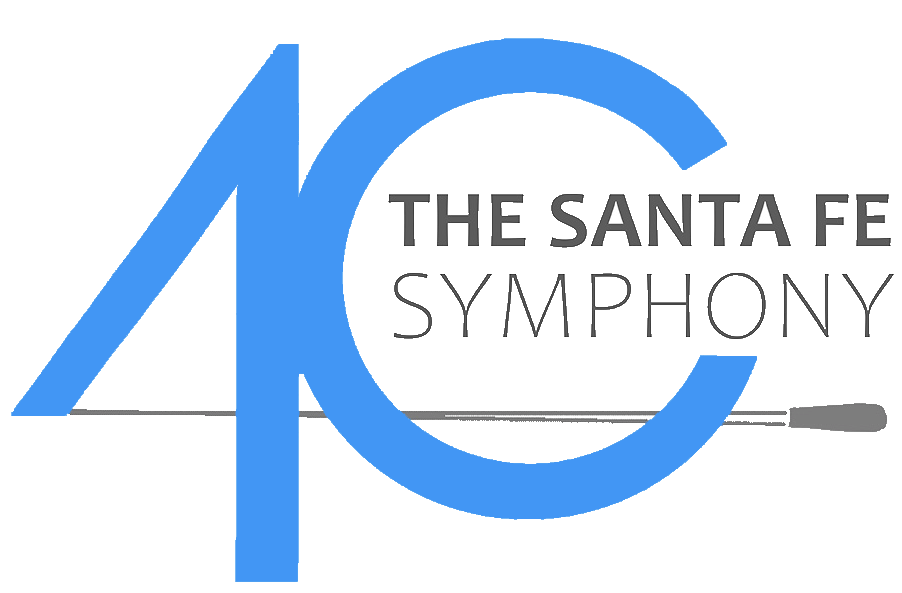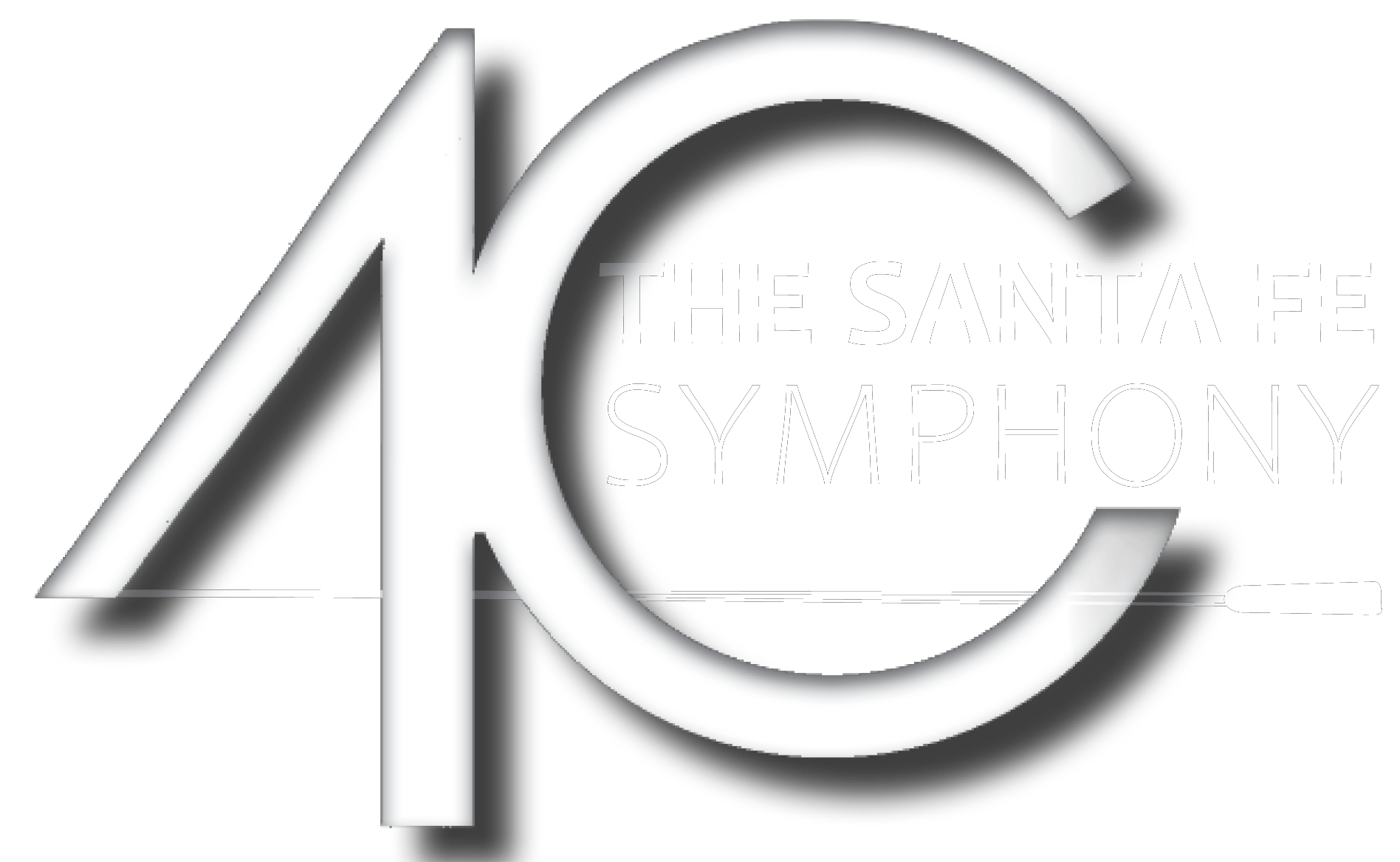Program Notes | Season Finale
Violin Concerto in E Minor, op.64
FELIX MENDELSSOHN
Born 1809, Hamburg
Died 1847, Leipzig
“I would like to write you a violin concerto for next winter. One in E minor keeps running through my head, and the opening gives me no peace.” So wrote Mendelssohn to his lifelong friend, violinist Ferdinand David, in 1838―but that opening has given millions of music lovers peace ever since, for it is one of the most perfect violin melodies ever written. Mendelssohn’s Violin Concerto seems so polished, so effortless in its easy flow that this music feels as if it must have appeared in one sustained stroke of Mendelssohn’s pen. Yet this concerto took seven years to write.
Normally a fast worker, Mendelssohn (who also played violin) worked very carefully on this music―revising, polishing and consulting with David (his concertmaster at the Leipzig Gewandhaus Orchestra) at every step of its composition. He completed the score during the summer of 1844, and David gave the premiere in Leipzig on March 13, 1845. Mendelssohn was sick and could not conduct, so his assistant, the Danish composer Niels Gade, led the first performance.
We do not normally think of Mendelssohn as an innovator, but his Violin Concerto is as remarkable for its originality as for its endless beauty. So over-familiar has this music become that it is easy to miss its many innovations. These begin in the first instant: Mendelssohn does away with the standard orchestral exposition and has the violin enter in the second bar with its famous theme, marked Allegro molto appassionato and played entirely on the violin’s E string; this soaring idea establishes the movement’s singing yet impassioned character from the very beginning. Other themes follow in turn: a transitional figure for the orchestra and the true second subject, a chorale-like tune first given out by the woodwinds.
It is also easy to miss how deftly this concerto is scored: Mendelssohn writes for what is essentially the Mozart-Haydn orchestra (pairs of pairs of woodwinds, trumpets and horns, plus timpani and strings), and he is able to keep textures transparent and the soloist audible throughout, but he can also make that orchestra ring out with a splendor that Mozart and Haydn never dreamed of. The quiet timpani strokes in the first few seconds, which subtly energize the orchestra’s swirling textures, are just one of many signs of the hand of a master. Another innovation: Mendelssohn sets the cadenza where we do not expect it, at the end of the development rather than just before the coda, and that cadenza―a terrific compilation of trills, harmonics and arpeggios–appears to have been largely the creation of David, who fashioned it from Mendelssohn’s themes. The return of the orchestra is a masterstroke: It is the orchestra that brings back the movement’s main theme as the violinist accompanies the orchestra with dancing arpeggios.
Mendelssohn hated applause between movements, and he tried to guard against it here by tying the first two movements together with a single bassoon note. (This has not always stopped audiences, however.) The two themes of the Andante might by themselves define the term “romanticism.” There is a sweetness about this music that could, in other hands, turn cloying, but Mendelssohn skirts that danger gracefully. The soloist has the arching and falling opening melody, while the orchestra gives out the darker, more insistent second subject. The writing for violin in this movement, full of double-stopping and fingered octaves, is a great deal more difficult than it sounds.
Mendelssohn joins the second and third movements with an anticipatory bridge passage that subtly takes its shape from the concerto’s opening theme. Resounding fanfares from the orchestra lead directly to the soloist’s entrance on an effervescent, dancing melody so full of easy grace that we seem suddenly in the fairyland atmosphere of Mendelssohn’s own incidental music to A Midsummer Night’s Dream. Several other themes appear along the way (Mendelssohn combines some of them in ingenious ways), but it is the sprightly opening melody that dominates as the music seems to fly through the sparkling coda to the violin’s exultant three-octave leap at the very end.
The Unanswered Question
CHARLES IVES
Born 1874, Danbury, CT
Died 1954, New York City
In 1906, the 32-year-old Ives sketched out a piece he called The Unanswered Question. This is visionary music. Ives conceived it on three separate musical planes―it is performed by three different groups of instruments that are separated physically, play entirely different music, and seem at first to have nothing to do with each other. The first is a body of strings, whose music is floating, serene, ethereal―their music proceeds as if unaware that anything else is happening onstage. There is next a solitary trumpet, which intones the same questioning phrase six times. And finally there is a quartet of flutes, which form the one active (or reactive) part of this music. The flutes seem to mull over the trumpet’s challenge, dispute among themselves, and grow more agitated as they do.
Somehow this gentle music touches a deeply responsive chord in audiences. In a note in the score, Ives talked about his intentions in this music:
“The strings play ppp throughout with no change in tempo. They are to represent “The Silences of the Druids―Who Know, See and Hear Nothing.” The trumpet intones “The Perennial Question of Existence” and states it in the same tone of voice each time. But the hunt for “The Invisible Answer,” undertaken by the flutes and other human beings, becomes gradually more active, faster and louder through an animando to a con fuoco. This part need not be played in the exact time position indicated. It is played in somewhat of an impromptu way; if there be no conductor, one of the flute players may direct their playing. “The Fighting Answerers,” as the time goes on, and after a “secret conference,” seem to realize a futility, and begin to mock “The Question”―the strife is over for the moment. After they disappear, “The Question” is asked for the last time, and “The Silences” are heard beyond in “Undisturbed Solitude.”
Symphony No. 2 in D Major, op.73
JOHANNES BRAHMS
Born 1833, Hamburg
Died 1897, Vienna
Brahms was haunted by the example of Beethoven’s nine symphonies. “You have no idea how the likes of us feel when we hear the tramp of a giant like him behind us,” Brahms remarked to the conductor Hermann Levi. He worked on his First Symphony for nearly 20 years before he was ready to take it to audiences. The premiere in November 1876 was a success, and Brahms conducted the work throughout Europe during the winter concert season.
With the stress of that tour behind him, he spent the summer of 1877 in the tiny town of Pörtschach on the Wörthersee in southern Austria, and there he began another symphony. This one went quickly. To Clara Schumann he wrote, “So many melodies fly about that one must be careful not to tread on them.” Brahms’ First Symphony may have taken two decades, but his Second was done in four months, and its premiere in Vienna on December 30, 1877, under Hans Richter was a triumph.
While the Second Symphony is quite different from the turbulent First, this music is not all pastoral sunlight. The first two movements in particular are marked by a seriousness of purpose and a breadth of expression. Brahms’ friend Theodor Billroth spoke of only one side of the Second Symphony when he said: “It is all rippling streams, blue sky, sunshine and cool green shadows. How beautiful it must be at Pörtschach!” For all the sunshine in this symphony, the first two movements explore some of those shadows in depth. The hand of a master is everywhere evident in the Second Symphony, particularly in Brahms’ ingenious use of the simple three-note sequence (D-C#-D) heard in the cellos and basses in the first measure. This figure recurs
hundreds of times throughout the Second Symphony, giving the music unusual thematic and expressive unity. The constant repetition of so simple a figure might become monotonous or obsessive in the hands of a lesser composer, and it is a mark of Brahms’ skill that he uses this figure in so many ways. It gives shape to his themes, serves as both harmonic underpinning and blazing motor-rhythm, is by turns whispered softly and shouted at full blast. Once aware of this figure, a listener can only marvel at Brahms’ fertile use of what seems such unpromising material.
The Allegro non troppo opens with this figure, and a rich array of themes quickly follows: a horn call, a flowing violin melody (derived from the opening three-note motto), a surging song for lower strings (Brahms characteristically sets the cellos above the violas here), and a dramatic idea built on the violins’ octave leaps. This wealth of thematic material develops over a very long span (the only longer movement in a Brahms symphony is the massive finale of the First) before the movement comes to a relaxed close.
The expressive Adagio non troppo opens with the cellos’ somber melody; while this is in B major, so dark is Brahms’ treatment that the movement almost seems to be in a minor key. The center section, with its floating, halting melody for woodwinds, brings relief, but the tone remains serious throughout this movement, which comes to a quiet conclusion only after an eruption in its closing moments. After two such powerful movements, the final two bring welcome release. The charming third movement comes as a complete surprise. Instead of the mighty scherzo one expects, Brahms offers an almost playful movement in rondo form. The oboe’s opening melody (Brahms marks it grazioso: “graceful”) leads to two contrasting sections, both introduced by strings and both marked Presto. Brahms’ rhythms and accents here are imaginative and complex: Phrases are tossed easily between instrumental families, and complicated rhythms are made to mesh smoothly as one section gives way to the next. This movement so charmed the audience at the symphony’s premiere that it had to be repeated.
The Allegro con spirito opens quietly and quickly―so quickly that one may not recognize that its first three notes are exactly the same three notes that began the symphony. In sonata form, the finale features a broad second subject that swings along easily in the violins. Full of energy and explosive outbursts, this movement drives to a mighty conclusion. We do not usually think of Brahms as a composer much concerned with orchestral color, but the writing for brass in the closing measures of this symphony is thrilling, no matter how often one has heard it.
—Program notes by Eric Bromberger

